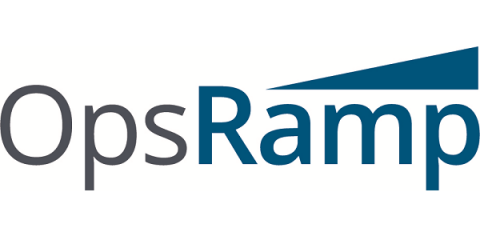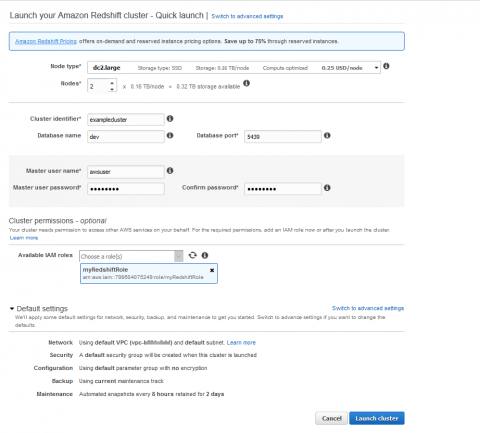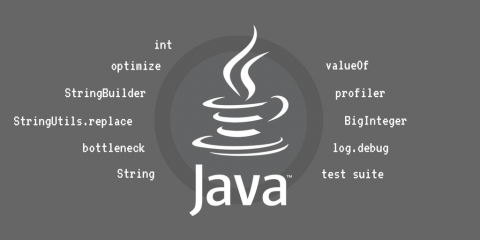How Do Systemic Approaches to IT Operations Impact the Business Culture?
The following first appeared in Dataconomy. How are dynamic IT operations affecting company culture? What do businesses need to understand about data driven AI to successfully drive their operations into the future? Risks that previously stayed inside organizational units, such as IT Ops, now leak across domains, influencing decision-making for the entire company.











